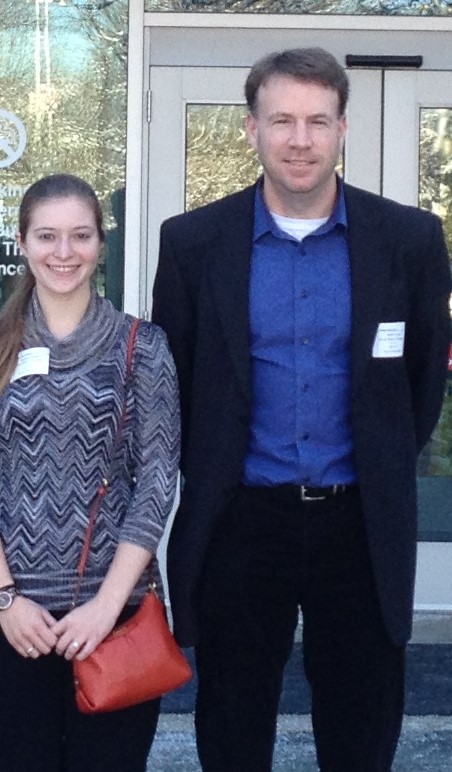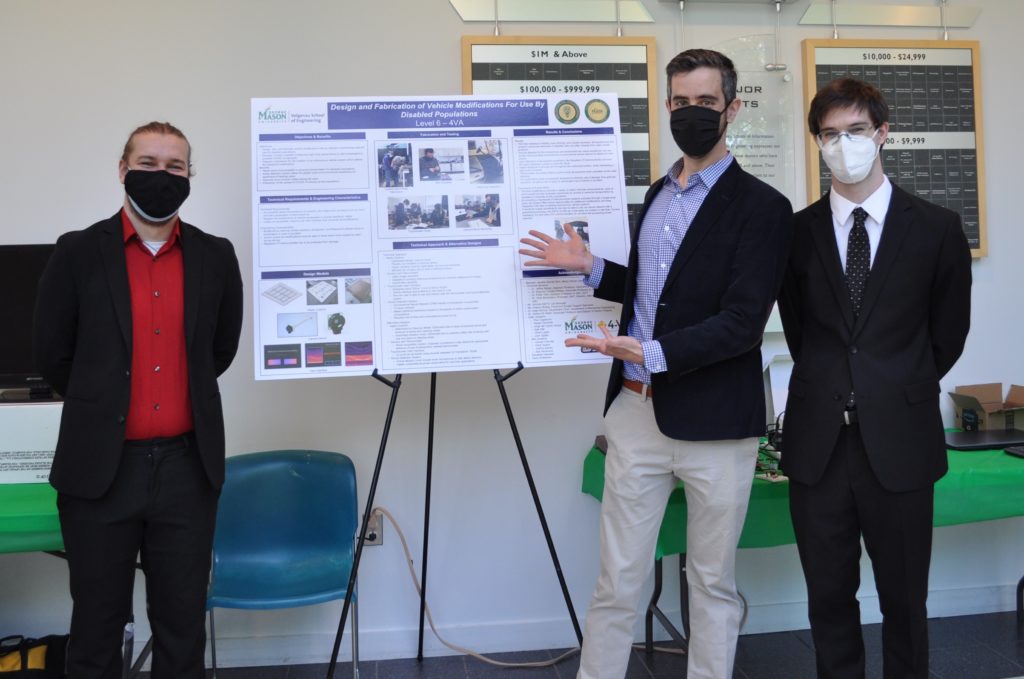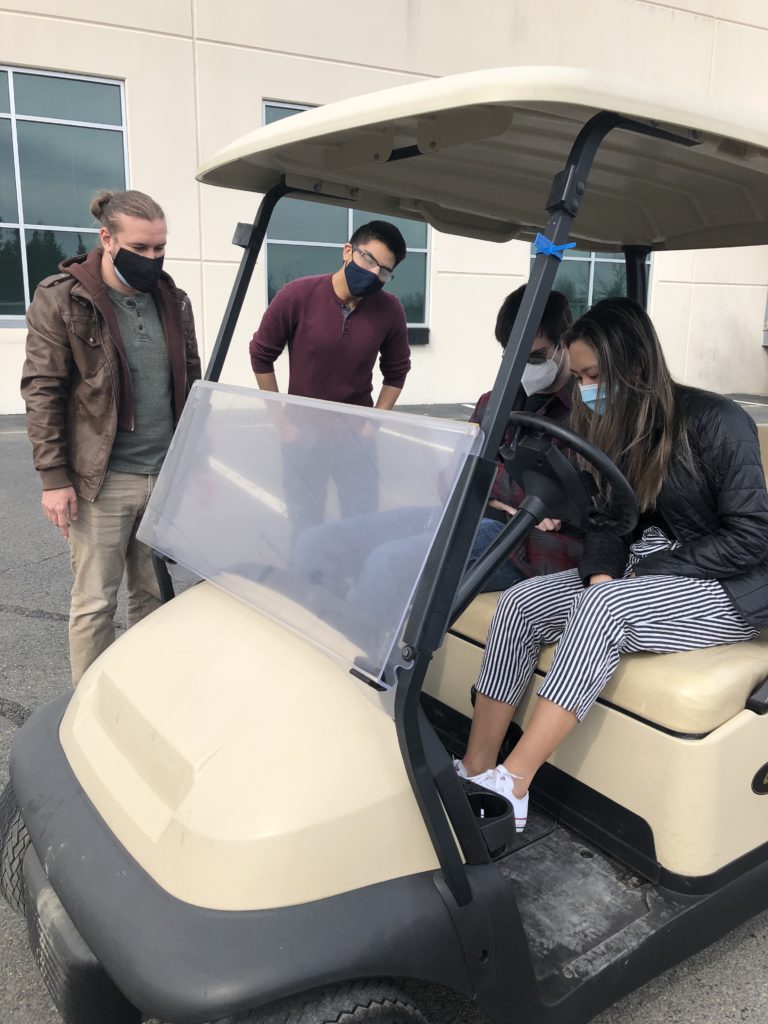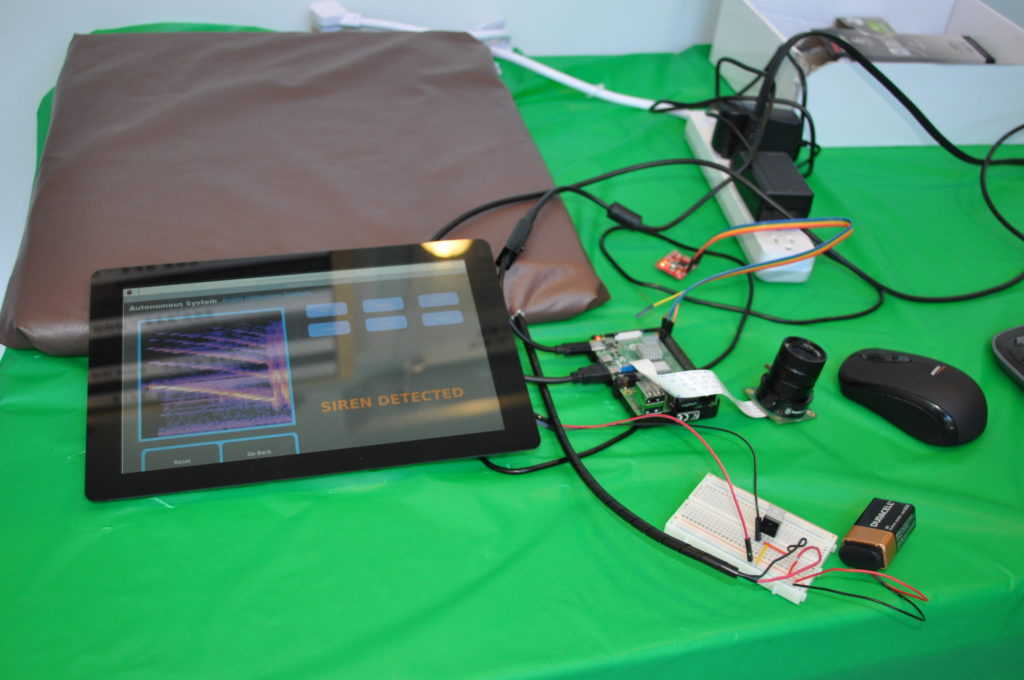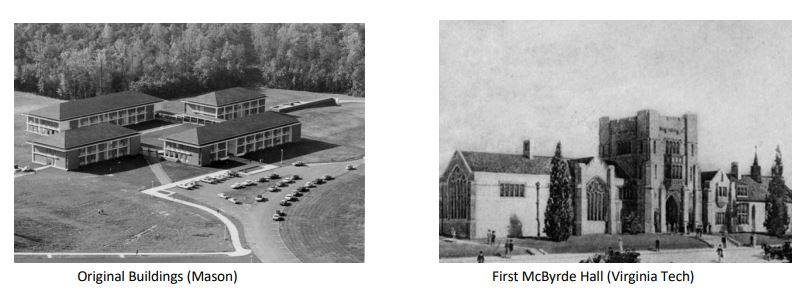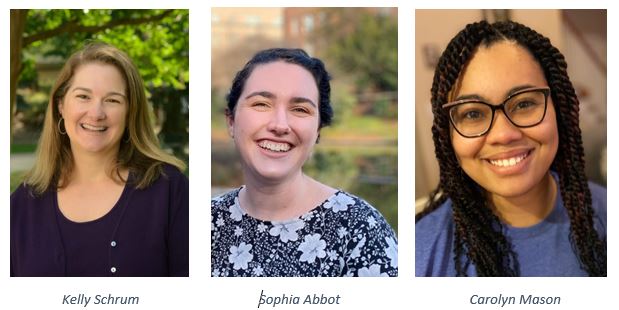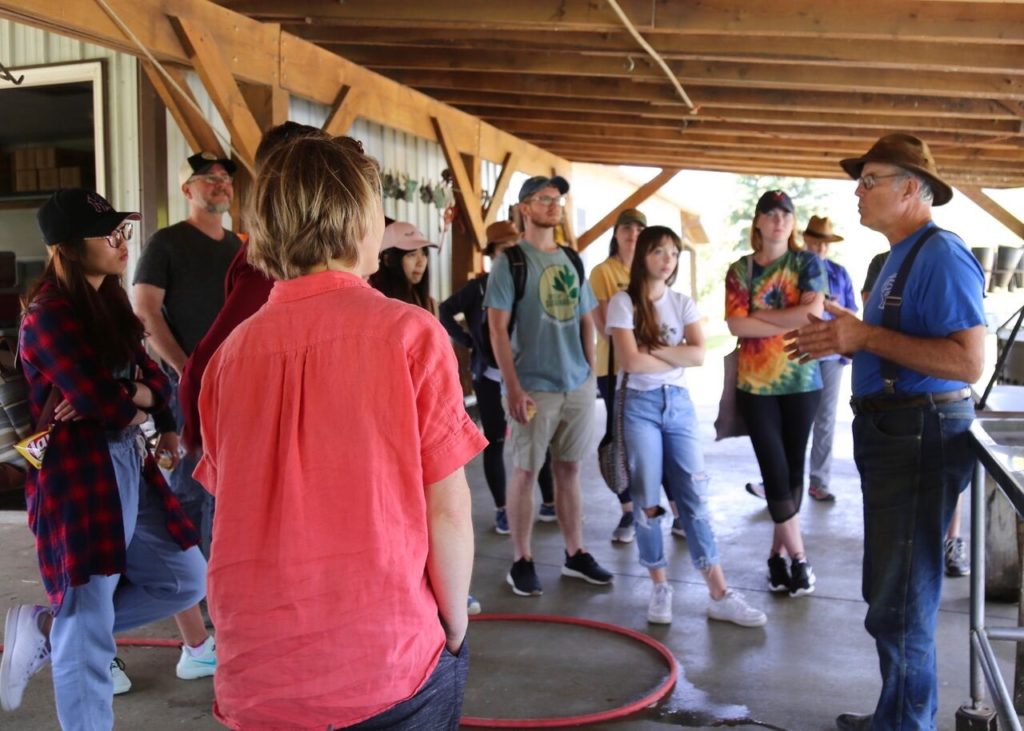Eleven pilot research projects, submitted from a wide range of departments across Mason, are set to launch July 1, 2022, thanks to funding from the state-sponsored 4-VA program. The 4-VA Collaborative Research Grants are designed to encourage new and innovative research conducted in conjunction with faculty at other 4-VA schools across the commonwealth.
“Our 4-VA@Mason Team as well as our Advisory Board were impressed by the depth and breadth of the proposals we received this year,” notes Janette Kenner Muir, Vice Provost, Academic Affairs and Campus Coordinator of 4-VA@Mason. “From Athletic Training degrees for marginalized students to Green Infrastructure, from Rural Virginia Landownership Trends to Avian Window Collision, there’s going to be a terrific variety of research under our 4VA@Mason banner.”
In addition to promoting partnerships among the 4-VA schools, the Collaborative Research Grants provide seed money to prove out novel concepts which often go on to receive funding from public and private institutions based on the initial 4-VA catalyst funds.
For Dr. Kuo Tian, this grant will allow his team at Mason, with Dr. Ran Ji, and his colleague at Virginia Tech to closely analyze several critical factors in solid waste collection to develop a model for reducing the impact of waste. As Dr. Tian illustrates in his proposal, the amount of municipal solid waste production is rapidly increasing in the U.S. due to population growth and urbanization, and can create ecological, economic, and societal challenges. With anaerobic digestion on the cusp of providing a promising technology to improve the sustainability of food waste, but which necessitates citizen participation, it is important to get a clear picture of real time garbage waste and the prospect and potential of community buy-in. The team plans to partner with the Prince William County Solid Waste Division to conduct research, do community assessments, and provide a blueprint for implementation of the process. “This grant is the first step to help us provide municipalities with a clear and success-oriented process of execution,” explains Dr. Tian. “We are very hopeful that with our results, we can scale up the methodology with a subsequent larger research grant. This subject is of great interest to public agencies.”
In addition to Mason, the 4-VA collective includes the College of William and Mary, James Madison University, Old Dominion University, University of Virginia, Virginia Commonwealth University, Virginia Military Institute and Virginia Tech.
“We look forward to telling the stories that develop from the excellent cross-institutional research that will soon be underway,” says Muir. “Congratulations to the Mason faculty receiving a 2022-2023 4-VA@Mason Collaborative Research Grant.”
The grant recipients are delineated below with the PI name, grant title, and co-collaborating schools:
Broberg, Shelby — Communication Center Tutor Training Needs Assessment and Open-Access Resource Development (VT, JMU)
Caswell, Amanda — Athletic Training JEDI Increasing Retention and Academic Performance of Athletic Training Students of Marginalized Students Through a Mentoring Program (JMU, ODU, UVA)
Doebel, Sabine — How Does Experience Support Working Memory Development in Early Childhood? (UVA)
Hanley, Daniel — Coordinated outreach across Virginia Universities and behavioral experiments to invent novel technology that reduces avian window collision mortality (WM)
Kim, Younsung — Assessing Green Infrastructure Potential Using Multi-Level Ecological and Economic Factors: The Northern Virginia Case (UVA)
Ranade, Nupoor — Ethical Data Analytics: Investigating Data Analytics as a Pedagogical Practice for the Humanities (ODU, JMU, VT)
Son, Byunghwan — Globalization in Reverse: The Diffusion of K-pop in the United States (UVA)
Tian, Kuo — Decision Support Tools for Smart Municipal Solid Waste Collection (VT)
Van Sant, Levi — Participatory Methods for Land Ownership Research in Rural Virginia (JMU)
Wang, Xuan — Data-driven Prediction and Regulation of Firing Rate Dynamics in the Brain (WM)
Weiss, Margaret — Co-teaching in Secondary Inclusive Classrooms: A Professional Learning Series (VCU)
Established in 2010 upon the recommendation of the Governor’s Higher Education Commission and the Governor’s Commission on Economic Development and Job Creation, 4-VA is a partnership among eight universities in the commonwealth. 4-VA@Mason grants are offered in four broad areas—collaborative research, course redesign, shared courses, and degree completion.


